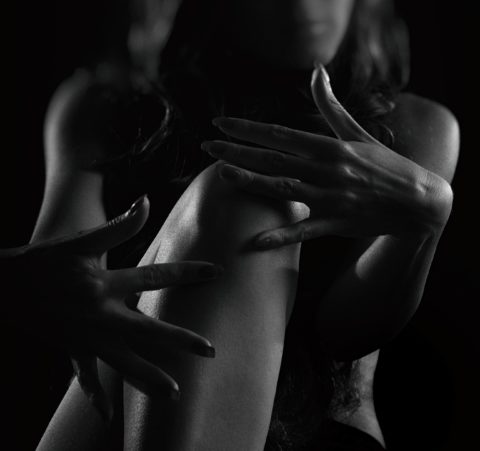The Blog
Such A Pain In The Knee
Posted 12 June 2019 in Injury

Patellofemoral pain, or knee cap pain, is the most common cause of pain that physiotherapists see. This can strike anyone but is most common in women and people who have recently increased certain activities such as running and jumping.
If you have recently taken up running or joined an exercise class that requires a lot of squats, box jumps and lunges and you are ‘feeling it in your knees’ it is very likely that you are experiencing patellofemoral pain. As the condition progresses you may even feel pain with stairs, walking or sitting for long periods of time.
In a pain free knee, the kneecap glides up and down in its track called the femoral groove. When the knee bends, the pressure between your kneecap and this groove increases. Pain occurs when the kneecap is no longer tracking properly in this groove and can cause additional pressure on the underlying structures.
While it is an uncomfortable and frustrating condition, it CAN be treated easily and most people recover well with appropriate management. The most important thing your physiotherapist will do is determine what factors are influencing you pain.
Common issues include:
– Poor dynamic knee control (knees coming inside of the feet with activities such as squats, lunges and landing from box jumps)
– Weak gluteal (butt) muscles
– Weaker inside quads (VMO) relative to the quad muscle on the outside of the leg (VL)
– Tight structures on the outside of the knee including the lateral quads and the ITB, even tight glute max can influence lateral tightness
– Poor foot biomechanics
– Anatomical issues such as smaller knee caps
Seeing your physiotherapist for an assessment and management of the factors that are specifically influencing your pain is important. However, here are some simple tips that are useful whihc you can start right now:
– Stretching and rolling the muscles around the hip and knee including glutes, quads, hip flexors and the iliotibial band (ITB)
– Make sure that knees track over and not inside the line of the foot when performing movement
– Resting and icing the painful knee


